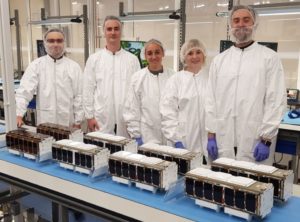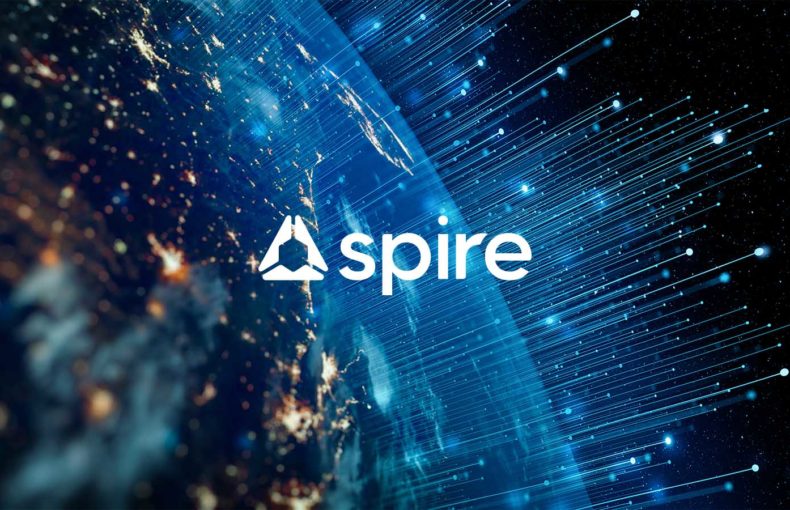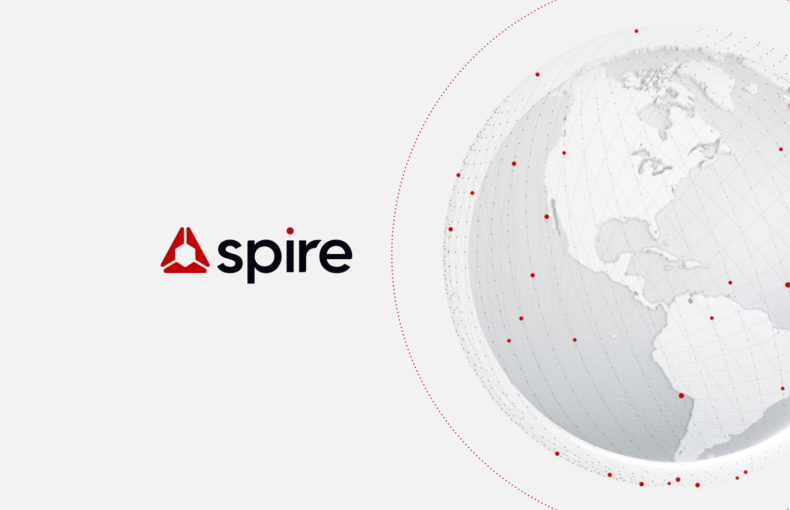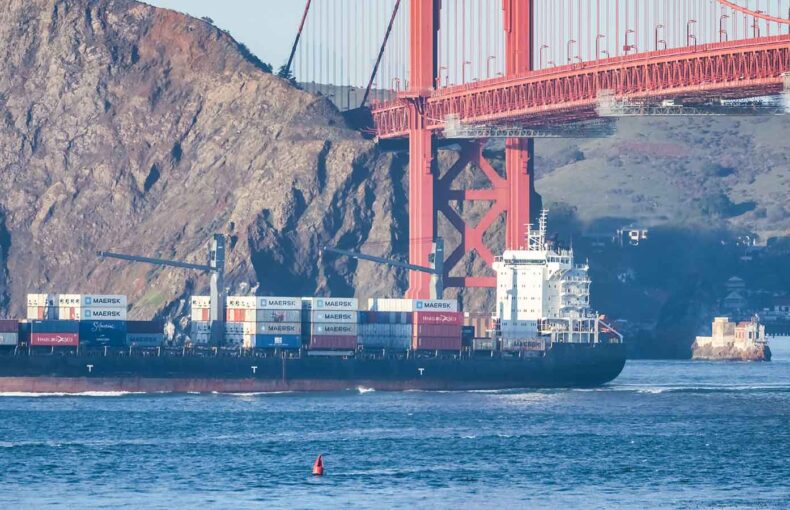Embracing tech ownership: a necessity for strong Satellite-AIS data providers
Overcome space to cloud data collection pitfalls with an iterative approach to spacecraft and software design to benefit customers.
Overcoming space to cloud data collection’s pitfalls with an iterative approach to spacecraft and software design and why this benefits our customers.
To start-up and run a satellite-data company, it’s definitely not required or expected to spend years on R&D, hire world experts in satellite and spacecraft design, and constantly iterate on hardware and software. But for the founders of Spire, this investment in technological knowledge and ownership was considered necessary to achieving excellence in this field.
In this post, we’ll explain how embracing tech ownership:
- Can result in a large competitive advantage
- Can help a company remain cutting-edge as new tech advances and new data sources emerge
Hardware/software ownership makes us fast and flexible
Since Spire’s first launch in 2013, we’ve put up more than 100+ satellites, each batch better than the previous one (at the time of this writing, we’re on our 18th iteration).
To be clear: we don’t build or launch our own rockets (we’re lower-orbit hitchhikers), but our team of highly skilled engineers builds our CubeSats, as well as its onboard software.
Our satellites have three payloads: SENSE (our AIS receiver), STRATOS (our GNSS radio occultation weather receiver), and AIRSAFE (our aircraft signal receiver). Of the 27 types of AIS data, our AIS receiver collects more types than any other AIS data provider.
We believe full ownership is necessary for our success. That’s admittedly not a view shared by everyone in our industry—some believe it’s best to focus efforts on data services and instead outsource the hardware and software because data services are the more profitable part of the business. We believe our way has more value in the long-run, but why?
One benefit is speed. Because we continually build and launch satellites, we’re able to quickly make changes and fix bugs, and adapt to customer priorities. We’re currently in the process of preparing our newest satellite version, the LEMUR 2 v4.0, which should launch in September. New designs can take anywhere from four to twelve months to implement, so it helps to be able to learn lessons from existing satellites and apply those learnings to the next generation.
And this speed is a big reason why we have one of the world’s largest constellations of earth-monitoring satellites. That’s not just something we did for the sake of bragging; it means we collect many more AIS messages in high-traffic areas and in regions where satellite coverage has traditionally been sparse.
Speed helps us innovate. One of the biggest challenges with AIS Satellite-data reporting is when ships are in high-traffic zones (HTZs). Popular routes or ports, where there can be a lot of congestion, lead to satellites being overwhelmed by AIS signals, and this is a pain-point that affects the entire maritime data industry. Many companies have tried to separate (de-collision) these signals on the ground after the data has been collected.
“We have literally gone from having an idea to having it on a spacecraft in four months.”
Share on Facebook Share on Twitter Share on LinkedIn
Having the ability to quickly iterate on our sat designs allows us to move rapidly. For example, we are working on integrating supercomputers that can do on-board de-collisioning, sorting through the noise before the data even leaves the satellite. This leads to a more reliable initial data set, which leads to a lighter data dump in which the messages are highly prioritized.
That’s one example, and we are constantly looking for new ways to innovate and revolutionize the industry. That includes sourcing and combining other sources of data (like weather data) that may provide our customers with greater maritime intelligence. And, thanks to our other business units, Stratos and Airsafe, we’ll soon have an offering for supply chain managers that includes integrated weather, maritime, and aviation data.

The satellite engineering team in the cleanroom celebrating the completion of another batch Lemur 2 V3 launched 5th July on the Soyuz rocket.
Another benefit is reliability. In the words of Co-Founder Jeroen Cappaert, our Chief Technology Officer: “You have insight into all the design aspects and what software is running on what board, and where you bought the components for a specific board, which is very important.” This in-house knowledge and awareness make our constellation consistent and reliable.
Cost savings (for us and you). Owning and building our own tech, and not having to outsource, results in a better solution, which is reason enough. But because we cut out the middle-men, it also happens to reduce costs. And, as the TV commercials say: “We pass the savings on to you!” This is why you’ll find that, despite our striving for advanced solutions, our costs are very reasonable compared to our competitors.
Modern technology: When it comes to technology, our competitors are typically tied to fixed hardware solutions. This approach means their hardware has a much longer lifespan, but it also means that it fairly quickly lags behind the times. Our approach is more lightweight and fast-moving. Our satellites have shorter lifespans (average of two years), but this means we’re able to replace and update them and keep up with tech advancements. We’ve prioritized being able to quickly innovate on all fronts because we believe this is the only way to offer a truly great maritime data service.
Leveraging engineering and development to shift from AIS to Maritime Big Data
For our customers, it’s mostly about getting hold of the AIS data and being able to do something useful with that data. But notice how much value can be added by ownership of the value chain, before the data even reaches you.
The first priority, once we have downloaded data, is to decode it. Some AIS data providers stop there, only offering a raw feed, like a firehose of data. We do more: we de-clutter the data and retain only the most legitimate messages. This cleansed data is easier to plug and play with our APIs. We then add value by combining this AIS data with other curated data sets, like vessel data and weather data, to provide a powerful library of Maritime Big Data.
Our dev team continually works on improving our APIs and making sure they’re modern, easy-to-use, and practically useful for as many use-cases as possible.
Our goal is to give you the tools to either get the data you need or use our APIs to easily build your own custom solutions.
What’s next?
Hopefully this has given you valuable insight into why Spire’s story started with a strong focus on our tech. It’s not just because Spire founders started out as engineers and satellite builders (though that is, of course, a part of it). It’s because we realized early on that embracing tech ownership would be a large competitive advantage for us, and for our customers.
Want to learn more about Spire’s maritime data offerings?
 Written by
Written by



